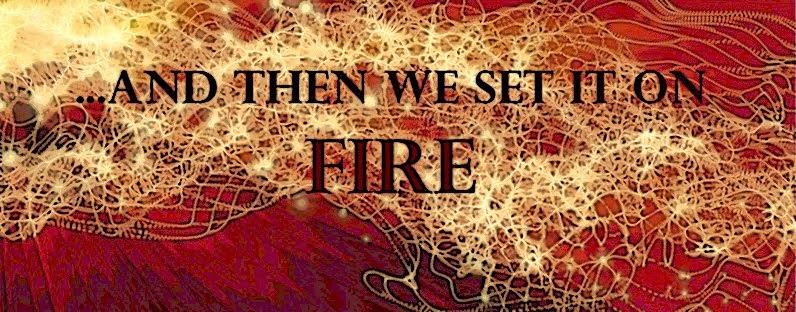A TECHNIQUE DRIVEN Blog dedicated to mastery of surface design techniques. First we dye, overdye, paint, stitch, resist, tie, fold, silk screen, stamp, thermofax, batik, bejewel, stretch, shrink, sprinkle, Smooch, fuse, slice, dice, AND then we set it on fire using a variety of heat tools.
Friday, September 30, 2016
the clothesline
A pdf of instructions for indigo and woad can be found here: Indigo and Woad.
Read more about new discoveries of the oldest indigo textiles here.
An excerpt:
"The discovery of indigo dye more than 6,000 years ago couldn't have been mere happenstance. Indigo dye is quite complicated to make, Splistoser said. Many dyes are made from flowers and require simply boiling the blossoms in water to extract the color, he said."
"'Indigo does not work that way,' he said. 'If you put the leaves — and it's leaves, not flowers — in water, nothing will happen.'"
"Instead, the leaves have to be fermented. Then, the fermented mixture must be aerated so that a solid compound falls out of the mixture to the bottom of the tub. This mixture can be taken, dried and stored. To reconstitute it requires an alkaline substance, often urine, which makes white indigo, a water-soluble compound. Yarn dipped in white indigo will turn yellow, green and finally blue, 'like magic,' Splitstoser said."
Labels:
indigo,
Shibori,
yarngoddess
Subscribe to:
Post Comments (Atom)

No comments:
Post a Comment
Although this blog is no longer active, we will get your comments so please feel free to share them.